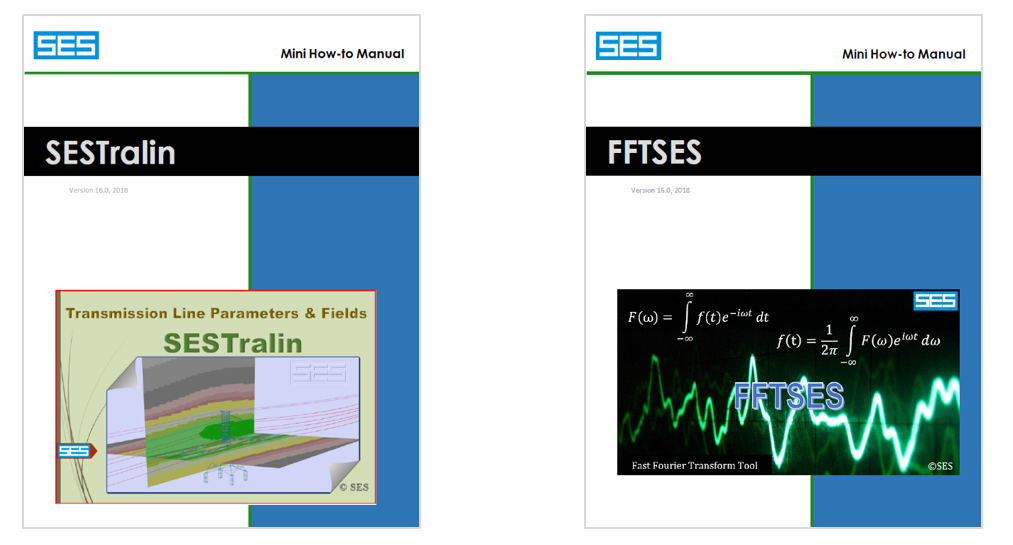Software Documentation
Documentation is a critical item when dealing with engineering software. Potential users should thoroughly examine the documentation in order to properly evaluate a software package.
SES regularly publishes technical papers in Transactions journals and presents papers at various international conferences on engineering topics related to power system grounding (including analysis of transients and lightning), EMF studies and AC interference. SES also undertakes landmark applied R&D studies in these areas. These studies had not previously been undertaken with the level of accuracy and detail which our modern computer-based technology is capable of today. This R&D has been distilled into a series of ‘How To…’ Engineering Manuals with a level of detail appropriate for both novice and advanced users who encounter similar problems and wish to model them with SES software. This series of ‘How To…’ Engineering Manuals covers topics ranging from lightning strike modelling, studies of urban area substations with their connections to extensive water systems, to the modelling of EMF and AC induction problems associated with transmission lines. This series of unique, detailed, step-by-step ‘How To…’ Engineering Manuals guides you through the most complex analysis and design projects (both the engineering concepts, and the use of the software are described).
SES has also recently added Mini How-To Manuals to their documentation offerings. The scope of these documents is less expansive than Engineering ‘How To…’ Manuals, as they focus on—and provide a more granular description of—a particular task or software feature.
Several short video tutorials clearly describe the most fundamental and important aspects of most of SES’s software packages and utilities.
SES distributes a complete documentation set with its software in electronic form (on a USB drive) and provides a hard copy of a subset of key documents. Furthermore, significant information on new or updated software is available on the SES website. The main documentation set supplied with the CDEGS software consists of Quick Installation and System Requirements sheets and booklets, a Getting Started manual, manuals for each input and output processor and software utility package. In addition, manuals for each of the engineering applications, ‘How To…’ Engineering Manuals, context-sensitive Online help, proceedings from the CDEGS Annual Users' Group Meetings, Users' Group Newsletters and video tutorials. Finally, an extensive Technical Reference document containing a detailed description of the analytical methods used by the various SES computation modules is made available to attendees of SES’s technical seminars (Level I).


